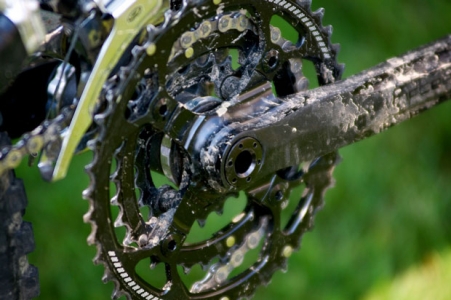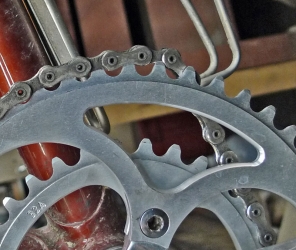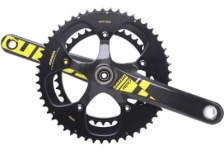Bike chainrings
chainrings Fixes, Reviews & Guides

Front Derailleur Setup with an Oval Chainring
Do you have any tips for installing oval chainrings and fine tuning the front derailleur for their use?
Before beginning, it is important to not that front derailleurs will never shift as...
Type: Repair Tutorial
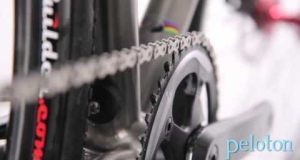
Review: SRAM Force CX1 (1x11 group)
A quick look at SRAM's new Force CX1 1x11 group:
1x11 groups, with 1 chain ring in the front and an 11-speed cassette in the back have gained wide popularity in all styles of mountain...
Company: SRAM
Type: Review
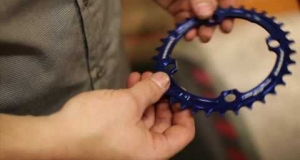
Install a RaceFace Narrow/Wide Single Chainring
RaceFace’s new chainring has a narrow/wide narrow tooth profile. It retains the chain without the need of a guide or a keeper, and it’s reducing some weight.
Look at...
Company: Race Face
Type: Repair Tutorial
